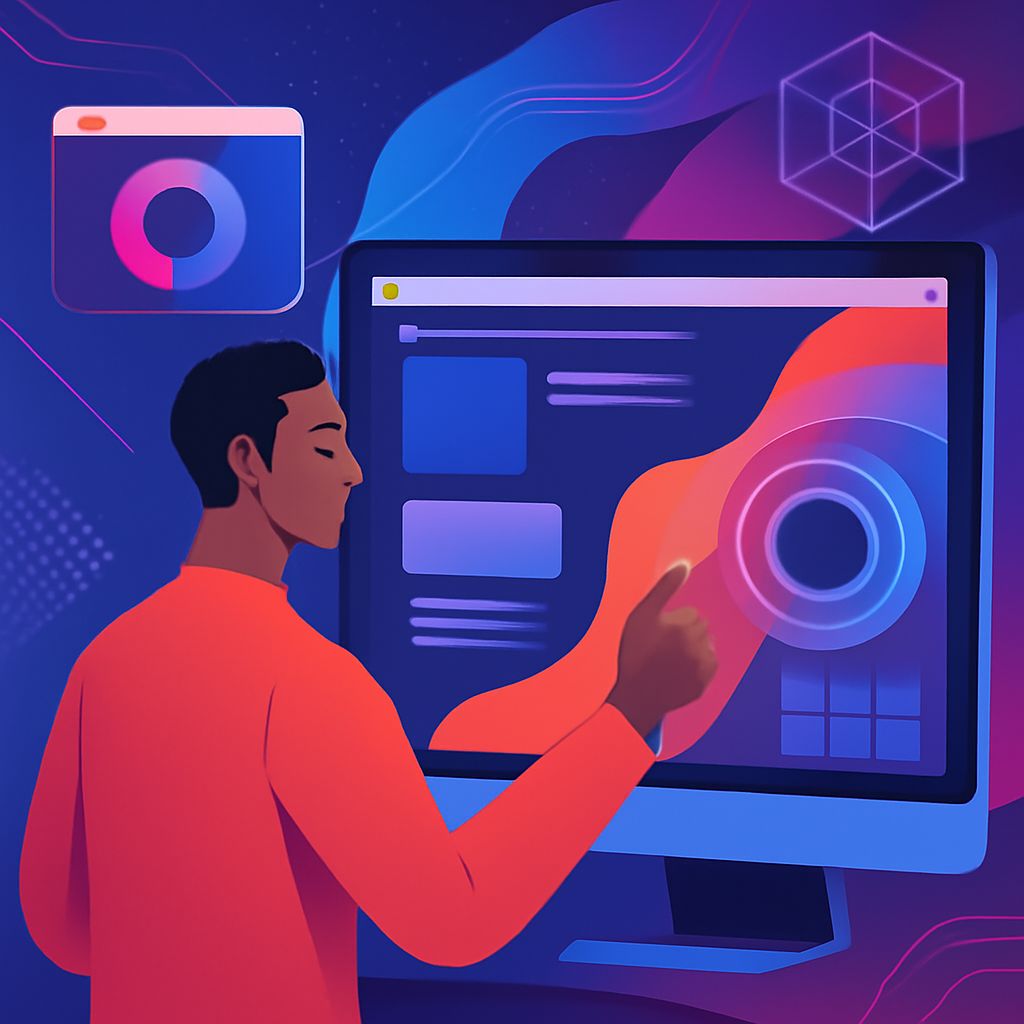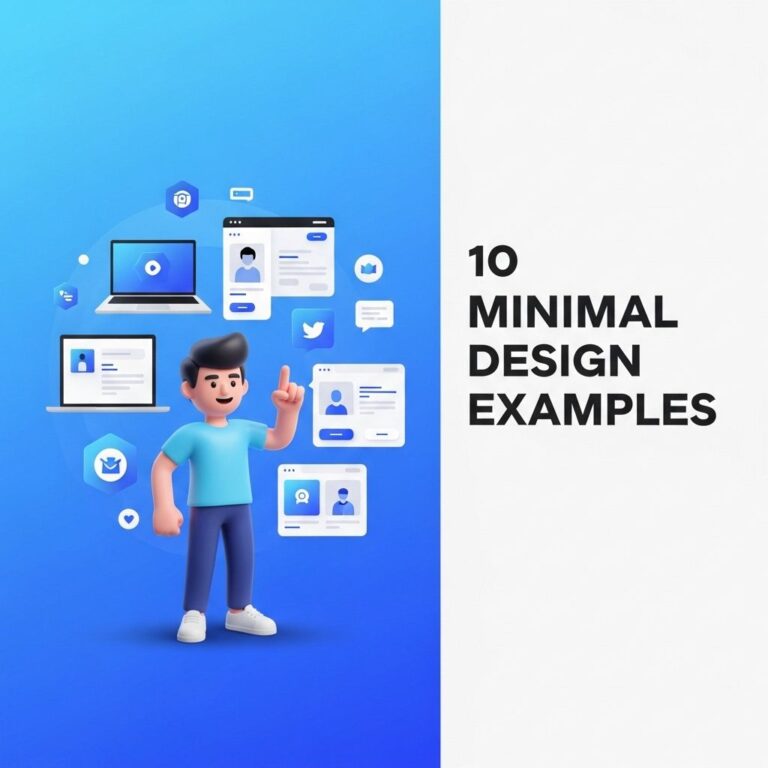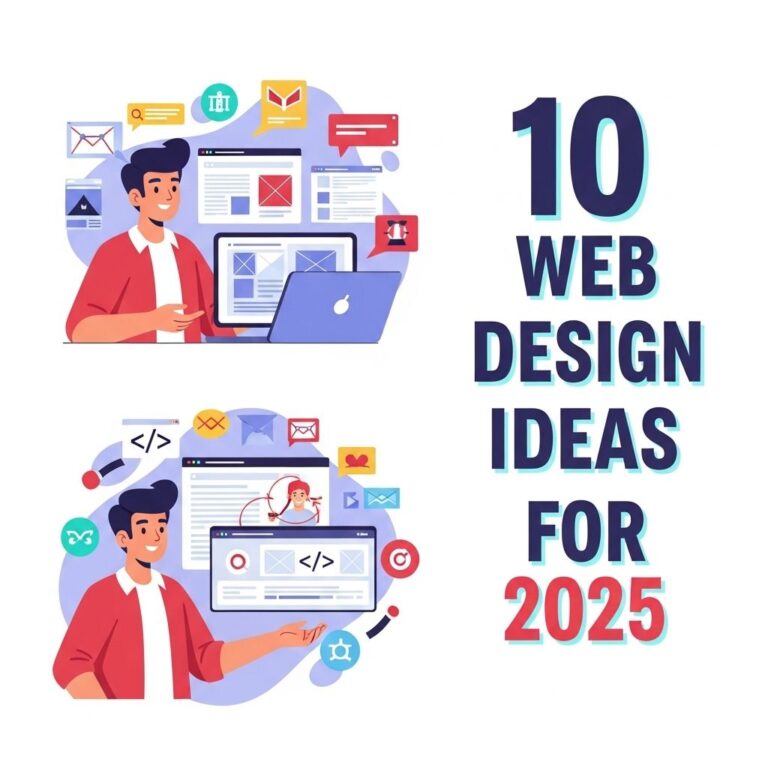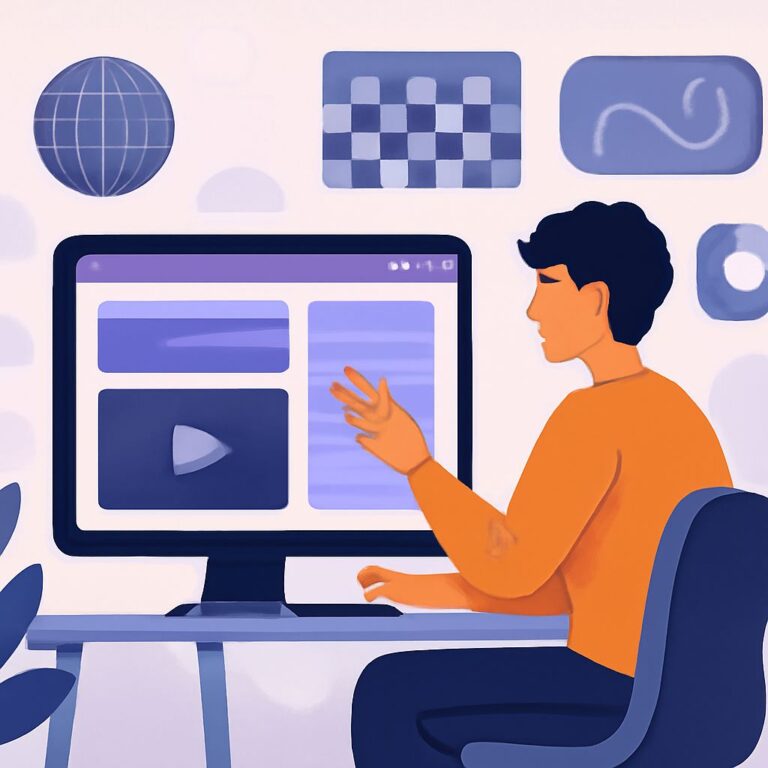Table of Contents
Emerging Trends in Web Design
As technology continues to evolve at a rapid pace, the world of web design is poised for transformative shifts. Designers are now looking towards integrating innovative techniques that focus on user engagement and immersive experiences. This article delves into some of the prominent web design trends set to shape the digital canvas in the coming years.
One of the significant shifts is the adoption of minimalistic design. A clean, clutter-free layout emphasizes essential content and enhances navigation simplicity. By removing unnecessary elements, designers are creating visually appealing websites that ensure users’ attention is directed precisely where it needs to be. The minimalistic approach isn’t merely about aesthetics; it’s about enhancing functionality and user satisfaction. In a digital age where attention spans are dwindling, simplicity in design helps to communicate the core message efficiently and effectively.
The Rise of Dark Mode
Dark mode has surged in popularity because of its visual appeal and practical benefits. By reducing the amount of light emitted by device screens while maintaining the minimum color contrast ratios required for readability, dark mode can help to reduce eye strain. Furthermore, it often imparts a chic, modern appearance to web pages, which many users find appealing.
- Dark mode conserves battery life on OLED and AMOLED screens.
- It gives a visually dramatic look, highlighting colorful elements and images more vividly.
- Many users prefer it during nighttime browsing for a more comfortable viewing experience.
Flexible and Responsive Design
In an era defined by mobile technology, flexible and responsive design is more important than ever. Ensuring that a website is accessible and beautifully functional across all devices is vital. Responsive design ensures that the overall user experience remains consistent, regardless of whether the site is accessed via desktop, tablet, or smartphone. This trend operates under the principle of ‘mobile-first’ design, which prioritizes the design and functionality of the mobile experience.
Micro-Interactions: The Secret to User Engagement
Micro-interactions are subtle design elements that add a layer of personality to websites. These include animations that provide feedback, guide users, or add delight in an intuitive manner. Examples include hover animations, button transitions, and smart notification alerts that enhance usability without overwhelming the user.
- Micro-interactions should be purposefully implemented to guide user actions.
- They foster a connection between the user and the interface, enhancing the overall experience.
- These tiny animations keep users engaged and can subtly highlight key features.
Immersive 3D Experiences
Another trend gaining popularity is the use of 3D elements in web design. From stunning visual effects to interactive 3D landscapes, these elements can captivate users by giving depth to content. As technology becomes more accessible, incorporating 3D graphics and animations into websites is no longer the exclusive domain of high-budget projects.
Web designers are now equipped with tools that allow them to create sophisticated 3D environments that enthrall and engage, providing a richer experience for users. Whether it’s an interactive product presentation or a virtual environment, 3D designs are setting a new standard in visual aesthetics.
- 3D elements provide depth and a realistic feel to web pages.
- They offer users an interactive experience that flat designs cannot achieve.
- As a storytelling tool, 3D visuals can convey messages far more effectively.
Augmented Reality Integration
The potential of augmented reality (AR) in web design is another exciting frontier. With AR, users can experience a mix of the digital and physical world directly from their browsers, without the need for additional apps. This allows for an engaging, hands-on interaction that is particularly effective for eCommerce sites looking to offer virtual try-ons or instructional layouts.
- AR technology adds an interactive layer to the web interface.
- It can significantly enhance online shopping experiences.
- AR experiences can add a dimension of fun and engagement to educational and informational websites.
The Role of Artificial Intelligence in Web Design
Artificial Intelligence (AI) plays a pivotal role in the future of web design. AI tools allow for detailed personalization and automation that can enhance user experience significantly. Through AI, websites can offer tailored experiences by analyzing user behavior and patterns. AI is leading to smarter interfaces that intuitively understand what the user wants.
- AI can automate content layout decisions for better user engagement.
- It enables websites to dynamically adapt to the user’s preferences.
- AI-driven chatbots provide instant support, simulating user interaction and retention.
FAQ
What is the significance of minimalism in web design?
Minimalism in web design removes clutter and focuses on core content, enhancing user experience by ensuring that the main message isn’t diluted by unnecessary elements. This approach aligns with the user’s need for quick access to information without distractions, balancing aesthetics with functionality.
How do micro-interactions improve user interface?
Micro-interactions improve user interface by providing feedback, simplifying user navigation, and subtly guiding user behavior, leading to a more intuitive and engaging experience. They are small, interactive moments on a webpage that help users complete tasks while establishing a connection with the site.
Why are 3D designs becoming popular in web design?
3D designs offer rich, immersive experiences that engage users more deeply. Technological advancements have made these designs more accessible, allowing for dynamic storytelling and captivating visual effects. They enable designers to present data or tell stories in more engaging and visually impressive ways.
How do flexible and responsive designs enhance user satisfaction?
Flexible and responsive designs ensure an optimal viewing experience across various devices, thus catering to the growing trend of mobile browsing. They enhance user satisfaction by maintaining consistency in content delivery and design aesthetics, regardless of screen size or device type.
What role does Artificial Intelligence play in modern web design?
Artificial Intelligence personalizes user experience in web design through automation and behavioral analysis. It allows for personalized content delivery, user interface adaptation, and enhanced customer service, which all contribute to a more efficient and tailored user experience.









